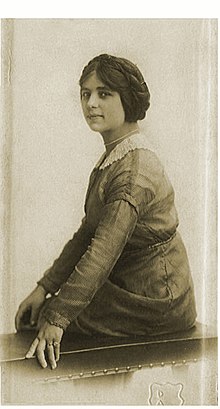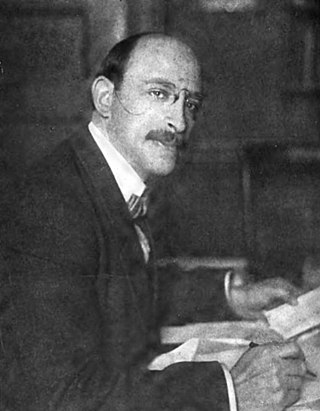
Alexander Berkman was a Russian-American anarchist and author. He was a leading member of the anarchist movement in the early 20th century, famous for both his political activism and his writing.
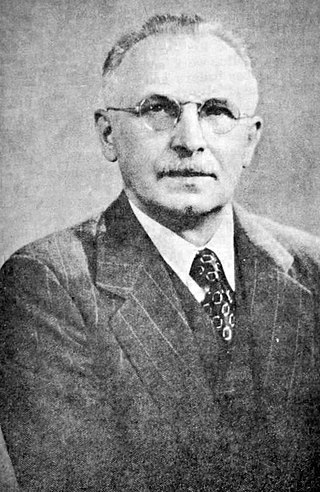
Grigorii Petrovich Maksimov was a Russian anarcho-syndicalist. From the first days of the Russian Revolution, he played a leading role in the country's syndicalist movement – editing the newspaper Golos Truda and organising the formation of factory committees. Following the October Revolution, he came into conflict with the Bolsheviks, who he fiercely criticised for their authoritarian and centralist tendencies. For his anti-Bolshevik activities, he was eventually arrested and imprisoned, before finally being deported from the country. In exile, he continued to lead the anarcho-syndicalist movement, spearheading the establishment of the International Workers' Association (IWA), of which he was a member until his death.
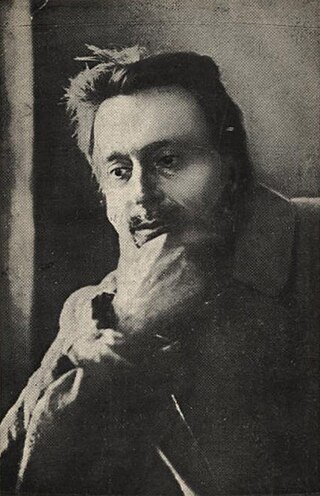
Lev Chernyi was a Russian individualist anarchist theorist, activist and poet, and a leading figure of the Third Russian Revolution. In 1917, Chernyi was released from his political imprisonment by the Imperial Russian regime, and swiftly became one of the leading figures in Russian anarchism. After strongly denouncing the new Bolshevik government in various anarchist publications and joining several underground resistance movements, Chernyi was arrested by the Cheka on a charge of counterfeiting and in 1921 was executed without trial.
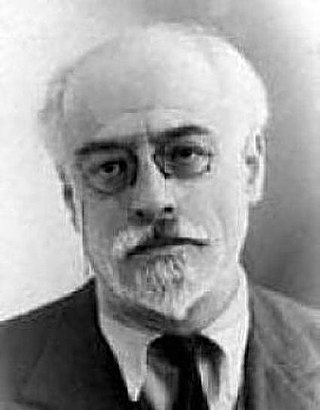
Vsevolod Mikhailovich Eikhenbaum, commonly known by his pseudonym Volin, was a Russian anarchist intellectual. He became involved in revolutionary socialist politics during the 1905 Russian Revolution, for which he was forced into exile, where he gravitated towards anarcho-syndicalism.
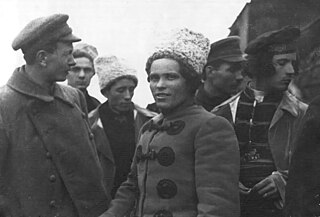
Anarchism in Ukraine has its roots in the democratic and egalitarian organization of the Zaporozhian Cossacks, who inhabited the region up until the 18th century. Philosophical anarchism first emerged from the radical movement during the Ukrainian national revival, finding a literary expression in the works of Mykhailo Drahomanov, who was himself inspired by the libertarian socialism of Pierre-Joseph Proudhon. The spread of populist ideas by the Narodniks also lay the groundwork for the adoption of anarchism by Ukraine's working classes, gaining notable circulation in the Jewish communities of the Pale of Settlement.
Anarchism in Russia developed out of the populist and nihilist movements' dissatisfaction with the government reforms of the time.

Louise Berger was a Russian Latvian anarchist, a member of the Anarchist Red Cross, and editor of Emma Goldman's Mother Earth Bulletin in New York. Berger became well known outside anarchist circles in 1914 after a premature bomb explosion at her New York City apartment, which killed four persons and destroyed part of the building.
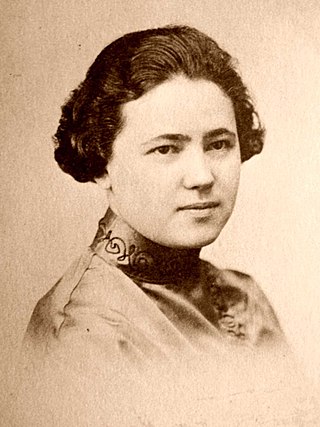
Mollie Steimer was a Ukrainian anarchist activist. After settling in New York City in 1913, she quickly became involved in the local anarchist movement and was caught up in the case of Abrams v. United States. Charged with sedition, she was eventually deported to Soviet Russia, where she met her lifelong partner Senya Fleshin and agitated for the rights of anarchist political prisoners in the country. For her activities, she and Fleshin were again deported to western Europe, where they spent time organising aid for exiles and political prisoners, and took part in the debates of the international anarchist movement. Following the rise of the Nazis in Europe, she and Fleshin fled to Mexico, where they spent the rest of their lives working as photographers.
Alexander "Sanya" Moiseyevich Schapiro or Shapiro was a Russian anarcho-syndicalist activist. Born in southern Russia, Schapiro left Russia at an early age and spent most of his early activist years in London.

Golos Truda was a Russian-language anarchist newspaper. Founded by working-class Russian expatriates in New York City in 1911, Golos Truda shifted to Petrograd during the Russian Revolution in 1917, when its editors took advantage of the general amnesty and right of return for political dissidents. There, the paper integrated itself into the anarchist labour movement, pronounced the necessity of a social revolution of and by the workers, and situated itself in opposition to the myriad of other left-wing movements.
The Nabat Confederation of Anarchist Organizations, better known simply as the Nabat, was a Ukrainian anarchist organization that came to prominence during the Ukrainian War of Independence. The organization, based in Kharkiv, had branches in all of Ukraine's major cities. Its constitution was designed to be appealing to each of the different anarchist schools of thought.

Olha Illivna Taratuta was a Ukrainian Jewish anarchist and a founder of the Anarchist Black Cross (ABC).
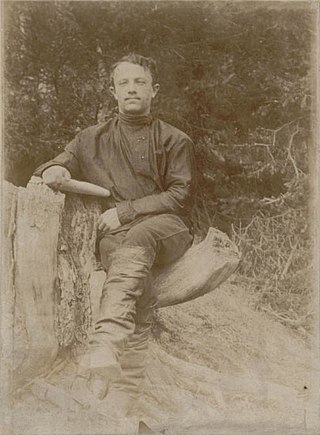
Aron Davydovych Baron was a Ukrainian Jewish anarchist revolutionary. Following the suppression of the 1905 Revolution, he fled to the United States, where he met his wife Fanya Baron and participated in the local workers movement. With the outbreak of the 1917 Revolution, he returned to Ukraine, where he became a leading figure in the Nabat and in the Makhnovshchina. He was imprisoned by the Cheka for his anarchist activities and was executed during the Great Purge.
Synthesis anarchism, also known as united anarchism, is an organisational principle that seeks unity in diversity, aiming to bring together anarchists of different tendencies into a single federation. Developed mainly by the Russian anarchist Volin and the French anarchist Sébastien Faure, synthesis anarchism was designed to appeal to communists, syndicalists and individualists alike. According to synthesis anarchism, an anarchist federation ought to be heterogeneous and relatively loosely-organised, in order to preserve the individual autonomy of its members.
Platformism is an anarchist organizational theory that aims to create a tightly-coordinated anarchist federation. Its main features include a common tactical line, a unified political policy and a commitment to collective responsibility.

Modest Stein (1871–1958), born Modest Aronstam, was a Lithuanian Jewish and American illustrator and close associate of the anarchists Alexander Berkman and Emma Goldman. He was Berkman's cousin and intended replacement in the attempted assassination of Henry Clay Frick, an industrialist and union buster, in 1892. Later Stein abandoned active anarchism and became a successful newspaper, pulp magazine, and book illustrator, while continuing to support Berkman and Goldman financially.
Mark Mratchny was a Belarusian Jewish writer, anarcho-syndicalist and a member of the Makhnovist movement.
The Universalists were a Russian anarcho-communist organization established in 1920 to support the Bolsheviks during the Russian Civil War. After a period of growth, the organization split and was eventually suppressed in the wake of the Kronstadt rebellion.
Yosif Isaakovich Gotman, also known by his nom de plureYosif the Emigrant, was a Ukrainian anarchist and a leading member of the Nabat and the Makhnovshchina.
Hryhorii Horelik, commonly known by his pseudonym Anatolii Horelik, was a Ukrainian Jewish anarchist activist that agitated in Donbas during the 1917 Revolution.
